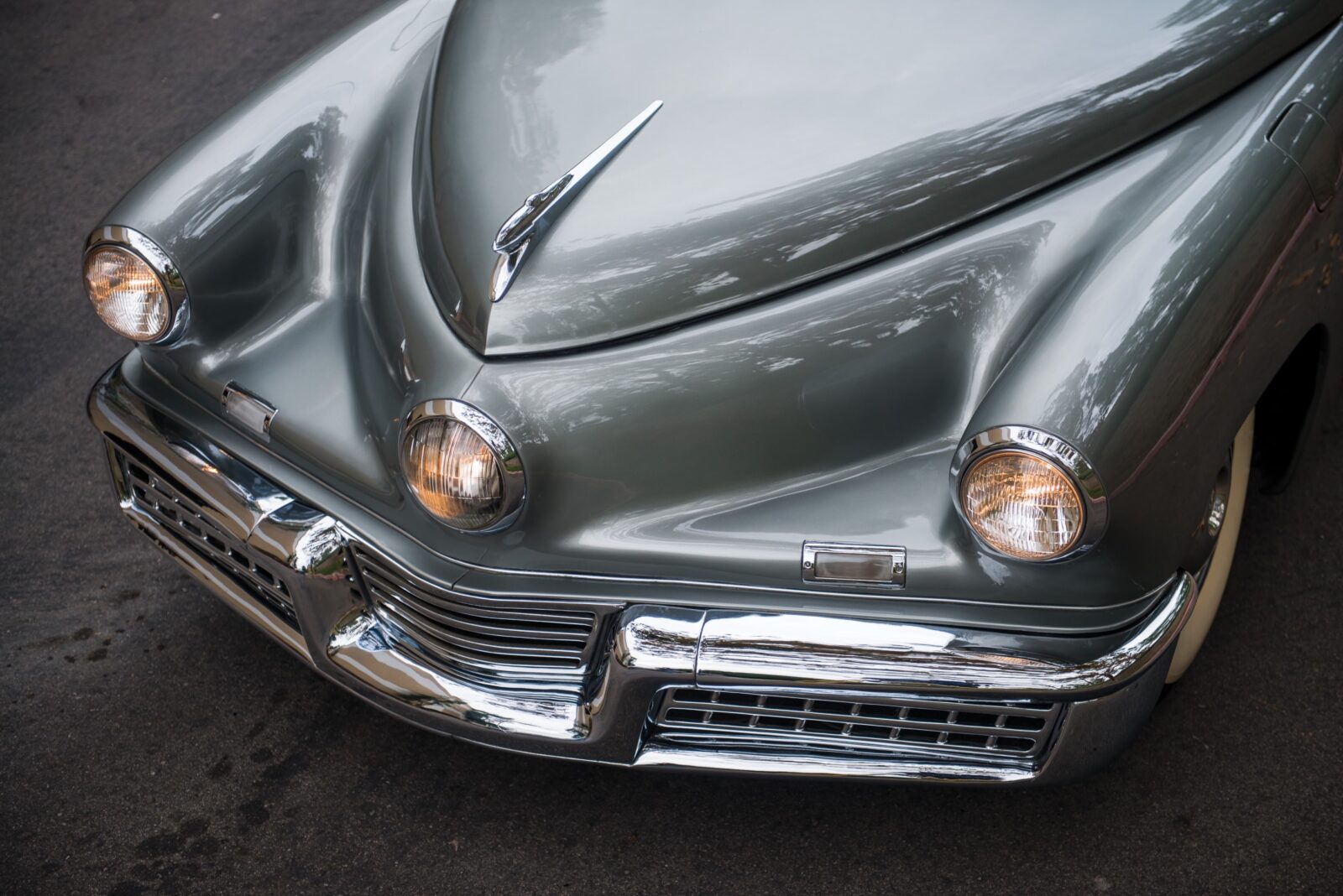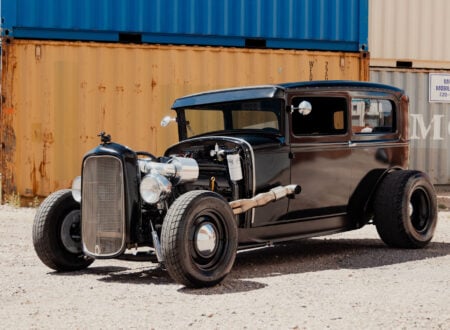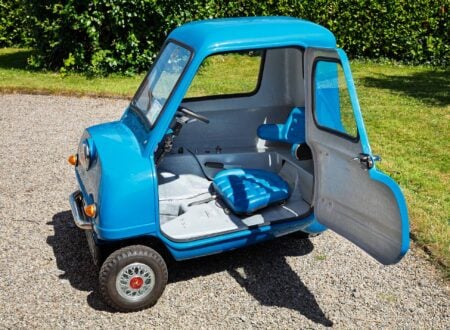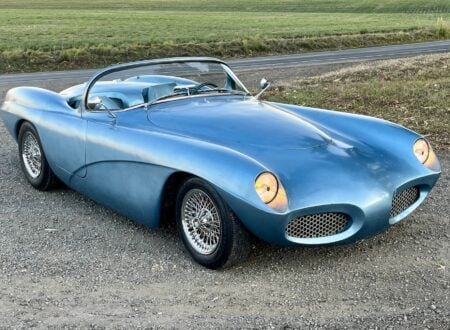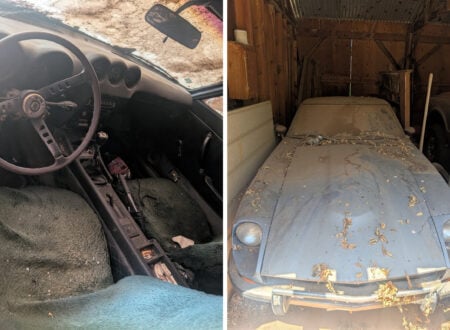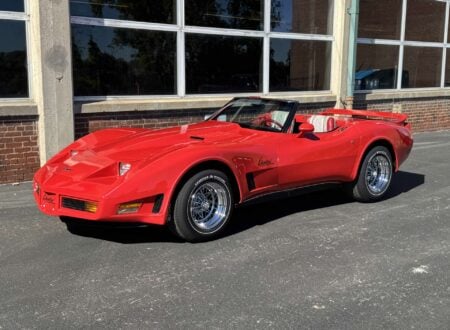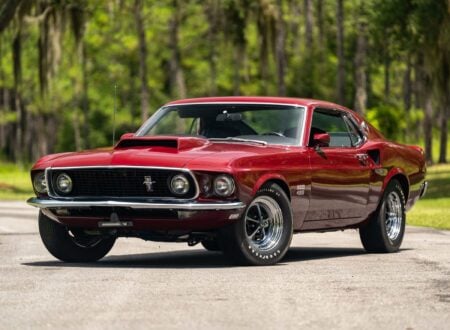The History of the Remarkable Tucker 48
The Tucker 48 is unquestionably one of the most beloved American cars of all time. The story of its development, production, and downfall are the thing of legend – and it’s a story known by many thanks to the Francis Ford Coppola film Tucker: The Man and His Dream starring Jeff Bridges.
Preston Tucker named the car after the year it was built – 1948. Preston was a talented automobile designer who had partnered with Harry Miller in 1933 to build racing cars in Indianapolis, he later developed the Tucker Combat Car and the Tucker Gun Turret – the latter was a power-operated gun turret inside a Perspex bubble that would be used on PT boats, landing craft, B-17 and B-29 bombers throughout the Second World War and beyond.
In order to raise funds to get a car of his own design into production, Preston Tucker ran one of the first speculative IPO stock issues in American history – and raised $17,000,000. If anything, the plans for the Tucker 48 (originally known as the Tucker Torpedo) were too extravagant. Preston had engineers developing a bespoke 589 cubic inch (9.65 litre) flat-6 engine with fuel injection, hemispherical combustion chambers, and a fascinating overhead valve system that used oil pressure rather than a camshaft.
In the end, the huge flat-6 proved too complex and required a staggering 60 volts just to get started.
The team at Tucker began looking for a suitable replacement, and they settled on a production ready aircraft engine – an air-cooled flat-6 called the O-335, made by Air Cooled Motors. Not a man to do things by half, Preston bought the company and cancelled all of their aircraft engine orders so they could focus on creating a liquid-cooled version of the O-335 for use in the Tucker 48.
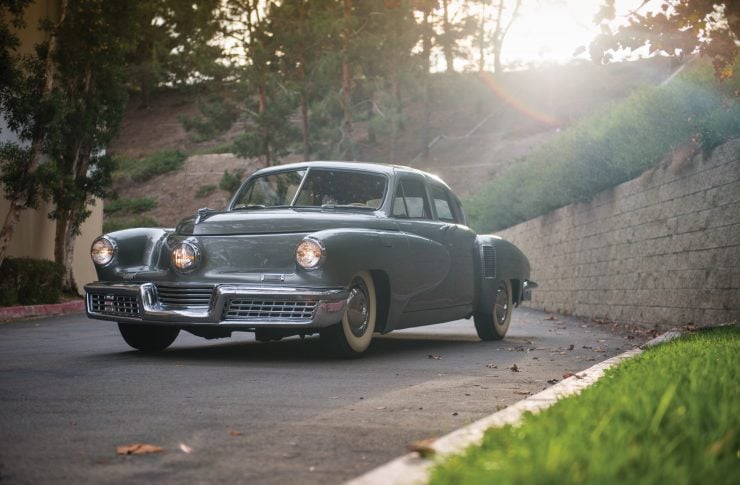
The biggest selling point of the 48 was the long list of safety features that had been designed into it from day one. A full perimeter frame was built around the cabin offering excellent protection from front, rear, and side impact incursion – an almost unprecedented design feature for a car in the 1940s. Preston also designed the dashboard to be padded and the steering column to be installed behind the front axle to protect the passengers, the windshield was also designed to pop out in case of an accident.
The most famous safety feature was the centrally mounted “cyclops” headlight, designed to follow the steering direction at turns of over 10 degrees to illuminate the around corners. Some states had laws on the books that banned cars with more than two headlights – so little caps were made to fit over the central light.
Production was stopped as a result of the contentious decision by the SEC to investigate the Tucker Corporation for fraud. The negative publicity killed any hope the company had for a future, even though the company was acquitted on all charges. In the years since some have suggested that one or more of the large automakers in the USA may have pulled strings to get the SEC investigation launched – but solid evidence has been elusive.
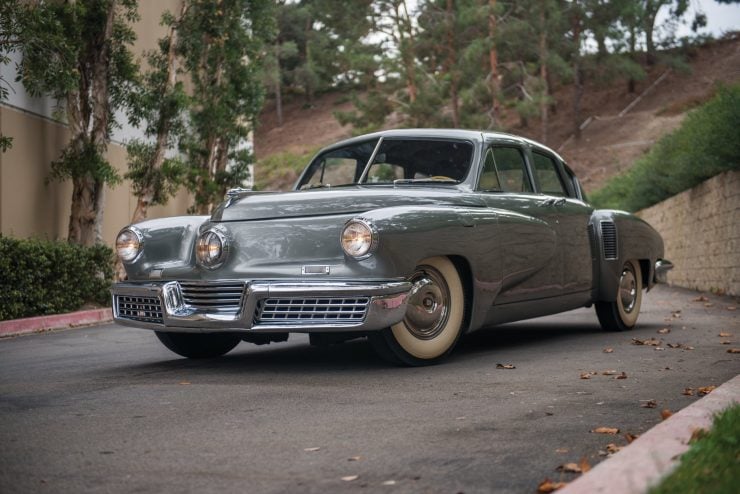
Preston Tucker’s Own Personal Tucker 48
The car you see here was Preston Tucker’s own daily driver, making it by far the most important of the surviving 48s.
The car is Tucker number 1029, it was originally used as one of the Tuckers that undertook high-speed tests at the Indianapolis Motor Speedway, and it was the star of the 1948 promotional film Tucker: The Man and the Car. After its PR responsibilities were completed, the car was adopted by Preston Tucker, who kept it and used it as a family car for seven years, appearing in the Tuckers’ home movies, and driven in Classic Car Club of America activities.
During the car’s time with the Tucker family it had been admired by Winthrop Rockefeller, and so when Preston decided to sell he contacted the member of the American dynasty (also a passionate car collector, and future Governor of Arkansas), who bought it immediately.
Over the intervening years the car would pass through a few more hands, including James Brown’s talent agent, before being supplied for the production of the film Tucker: The Man and His Dream.
In the years since the car has been reupholstered and repainted the original color, and it’s currently showing 19,199 miles which are believed to be original. It’s due to be offered for sale by RM Sotheby’s between the 18th and 19th of January with an estimated hammer price of $1,250,000 and $1,500,000 USD. If you’d like to read more about it or register to bid you can click here to view the listing.
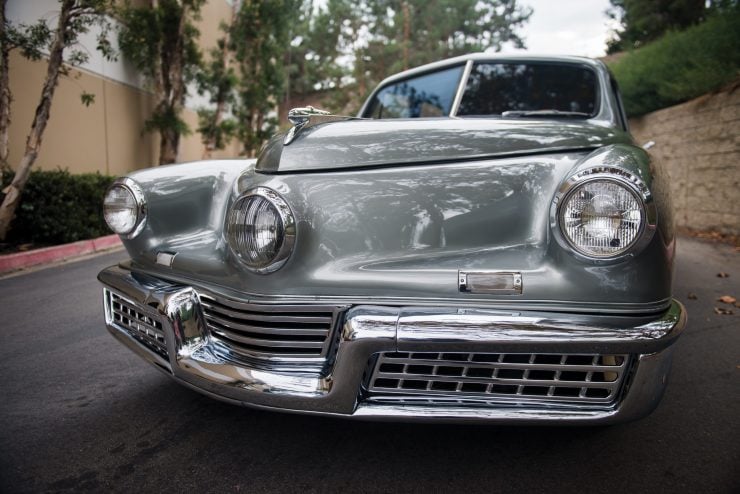
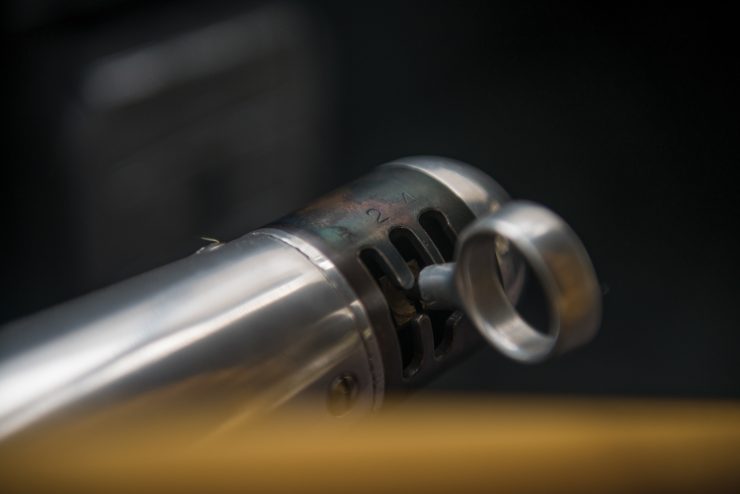

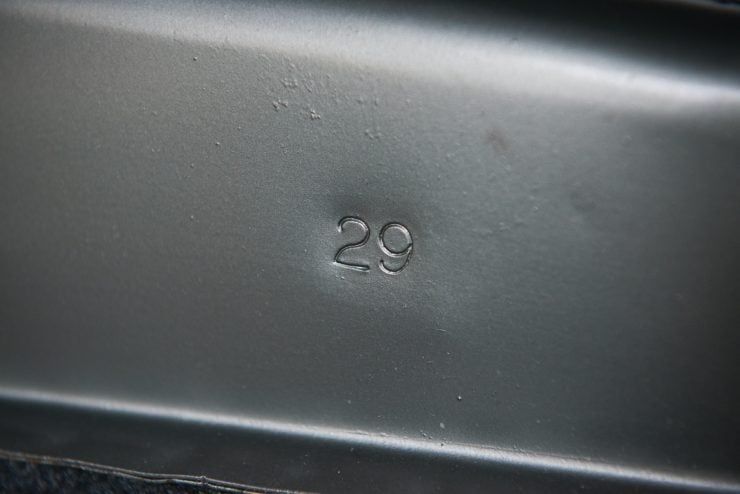
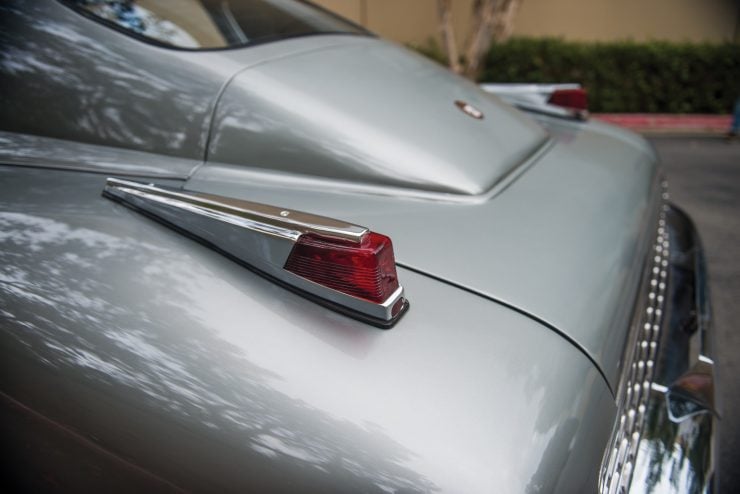
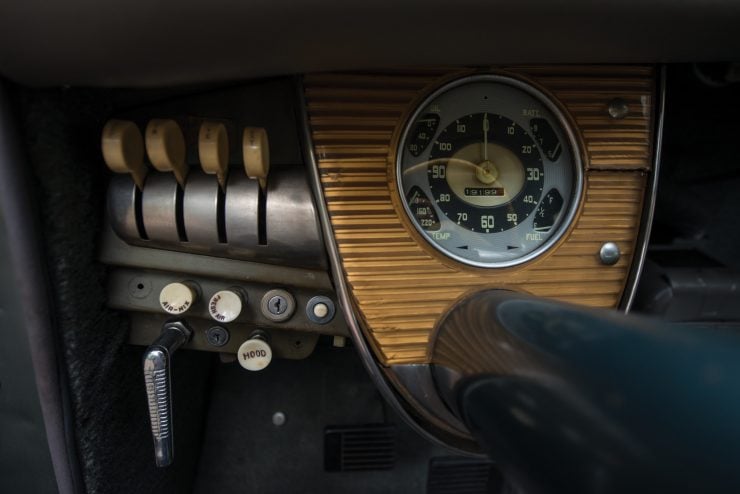
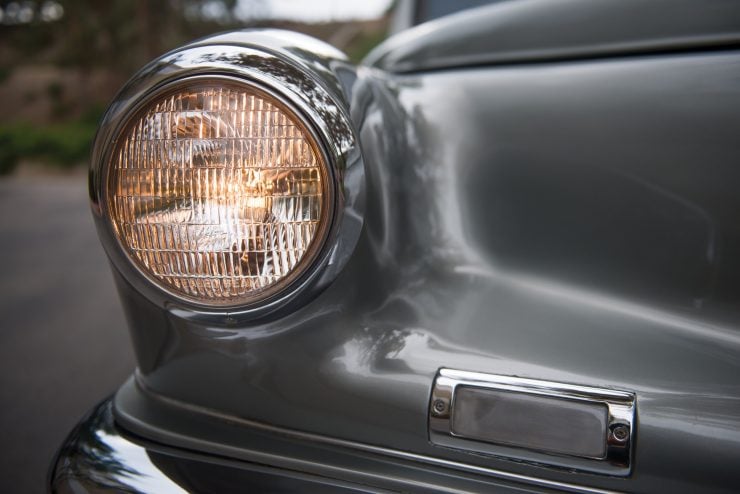
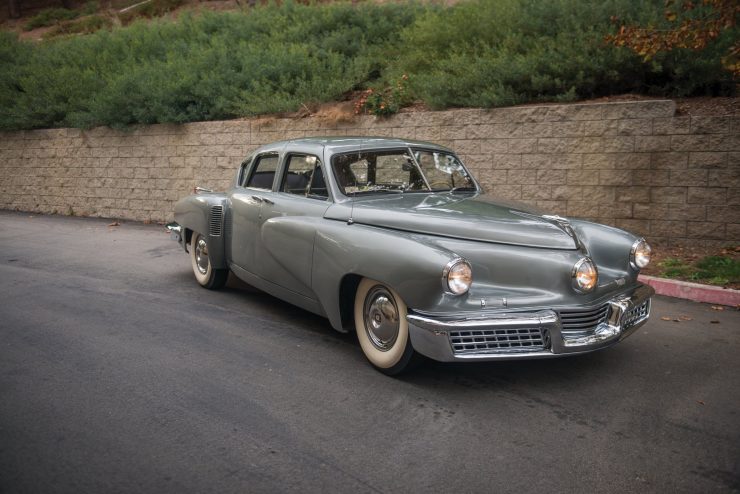
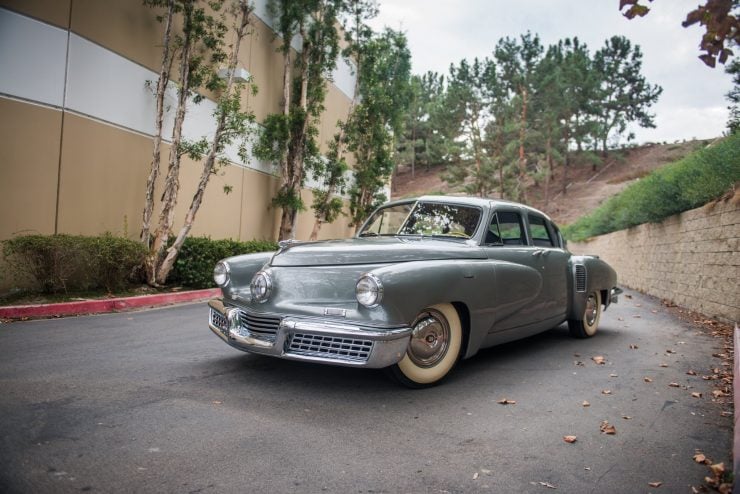
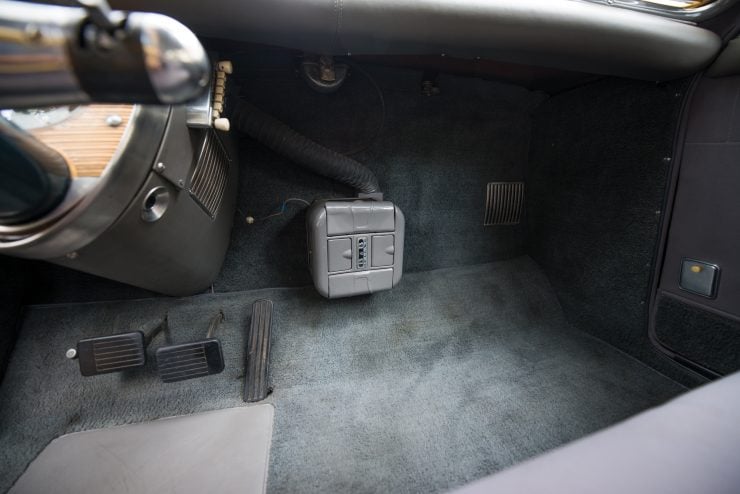
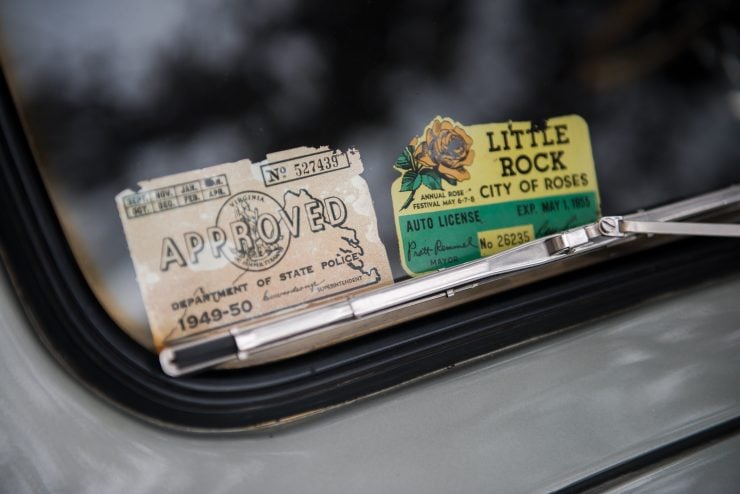
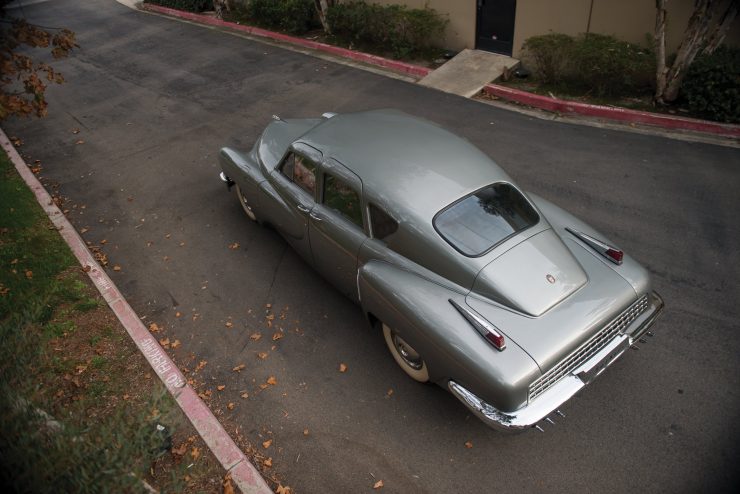
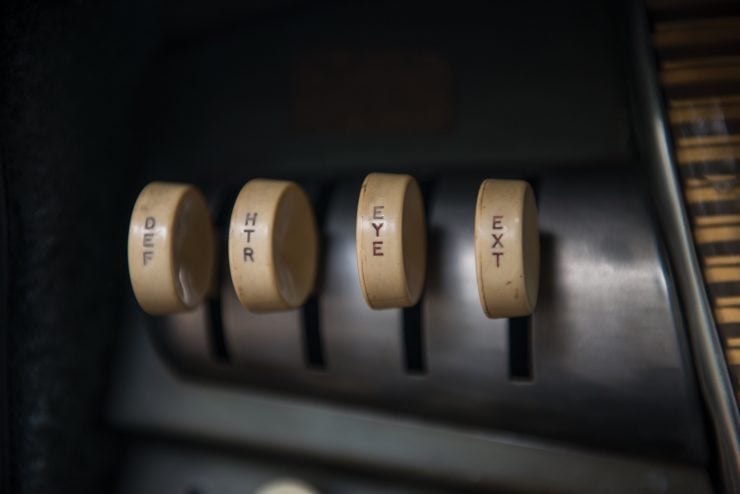
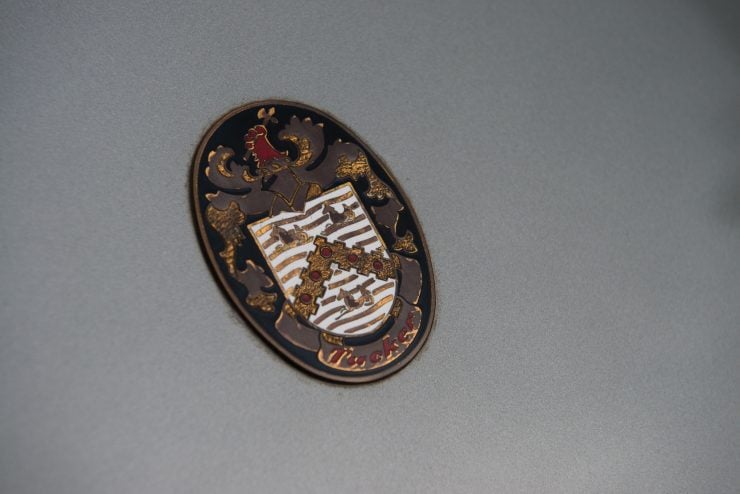
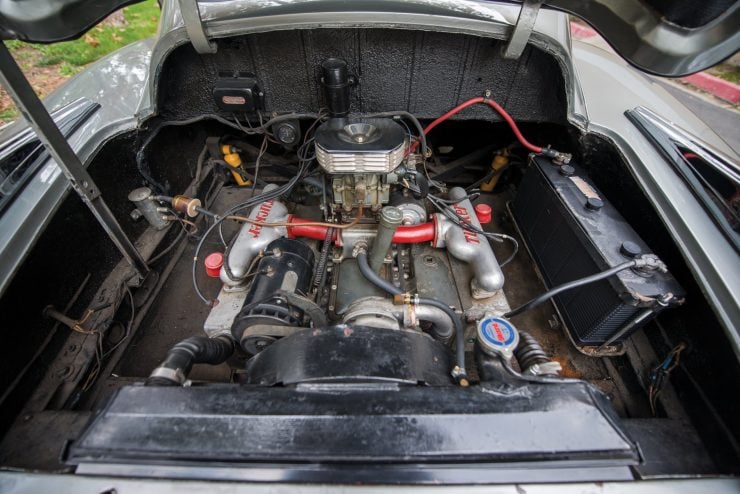
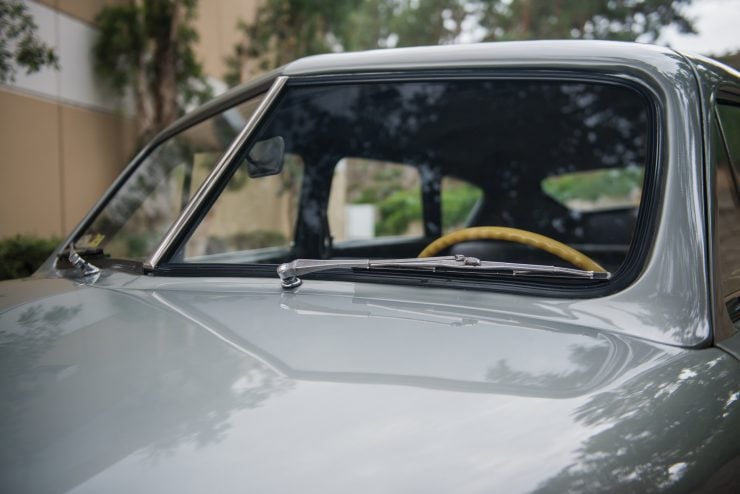
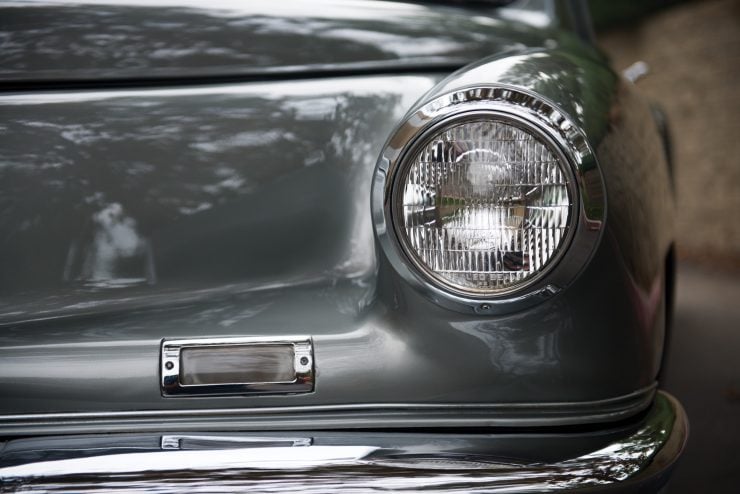
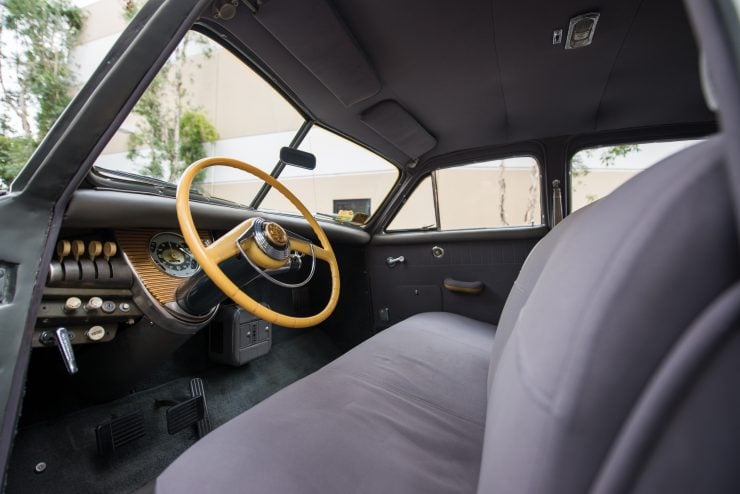
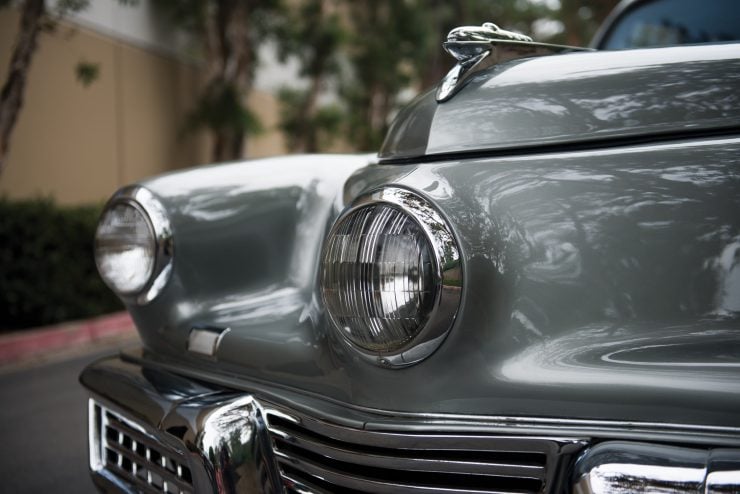
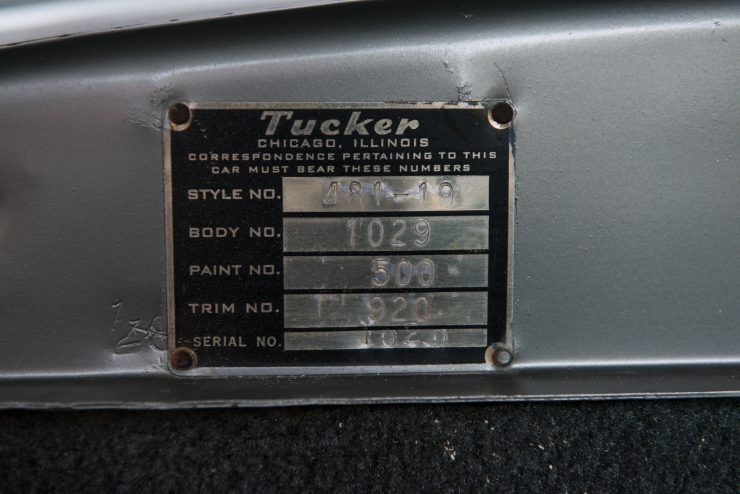
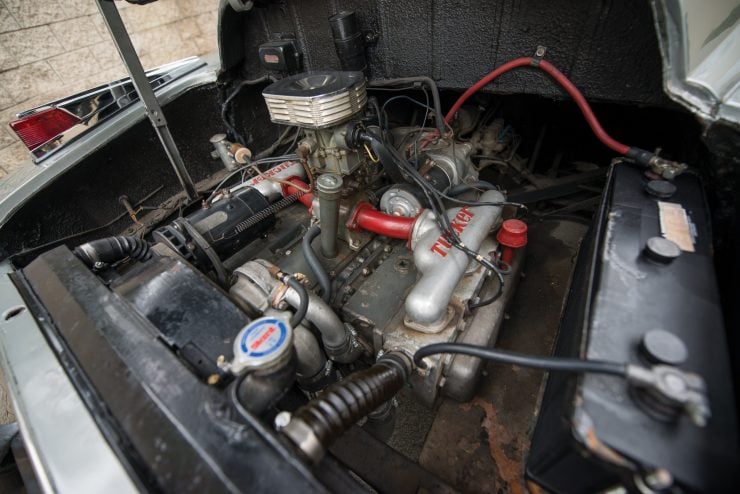
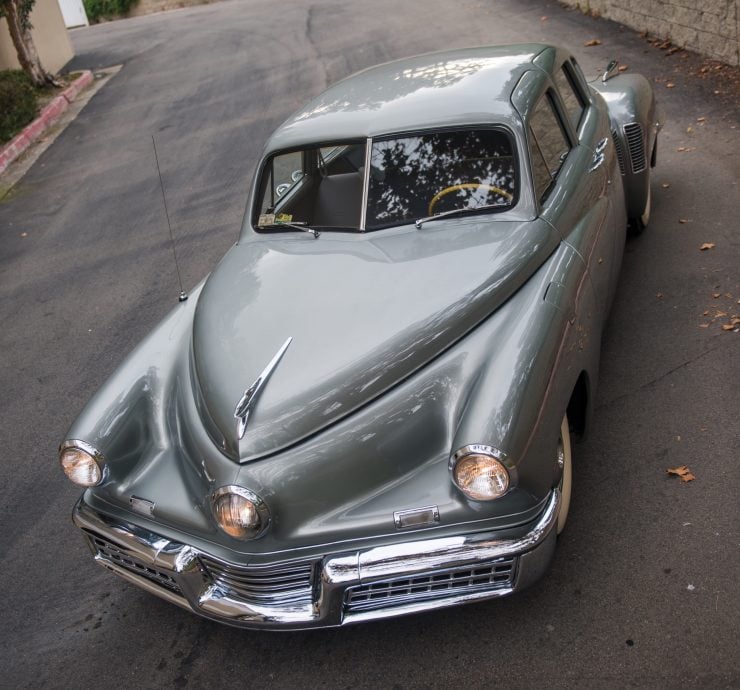
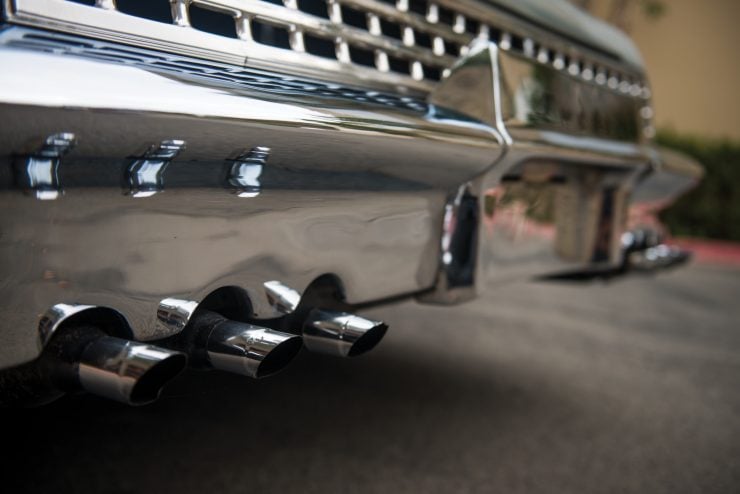
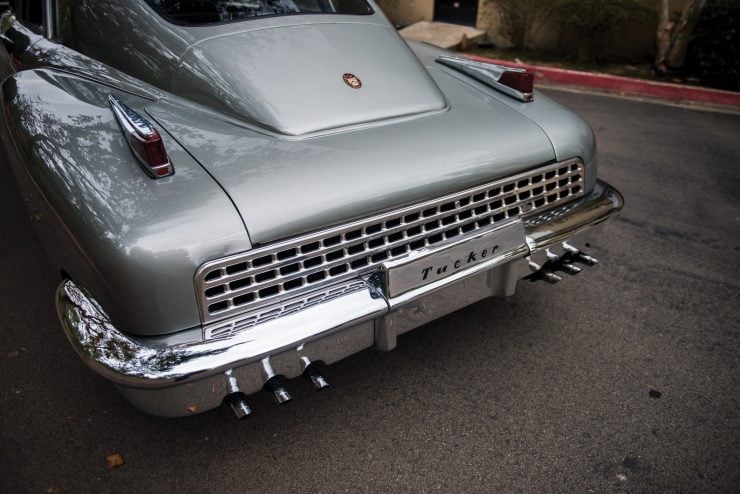
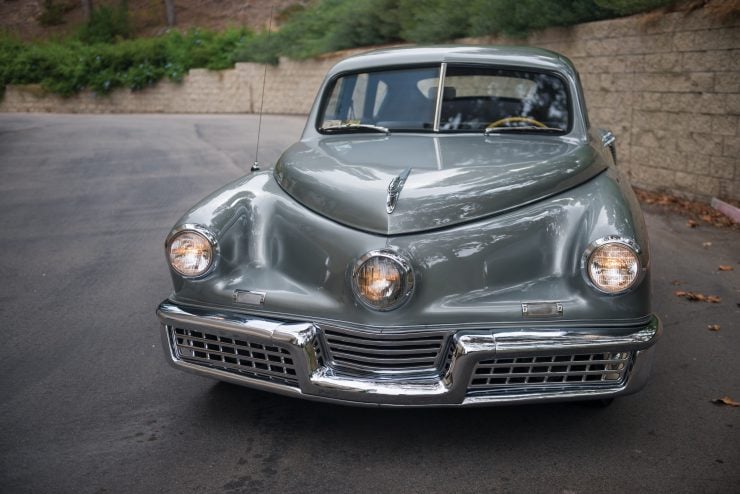
All Images: Darin Schnabel © RM Sotheby’s 2017

